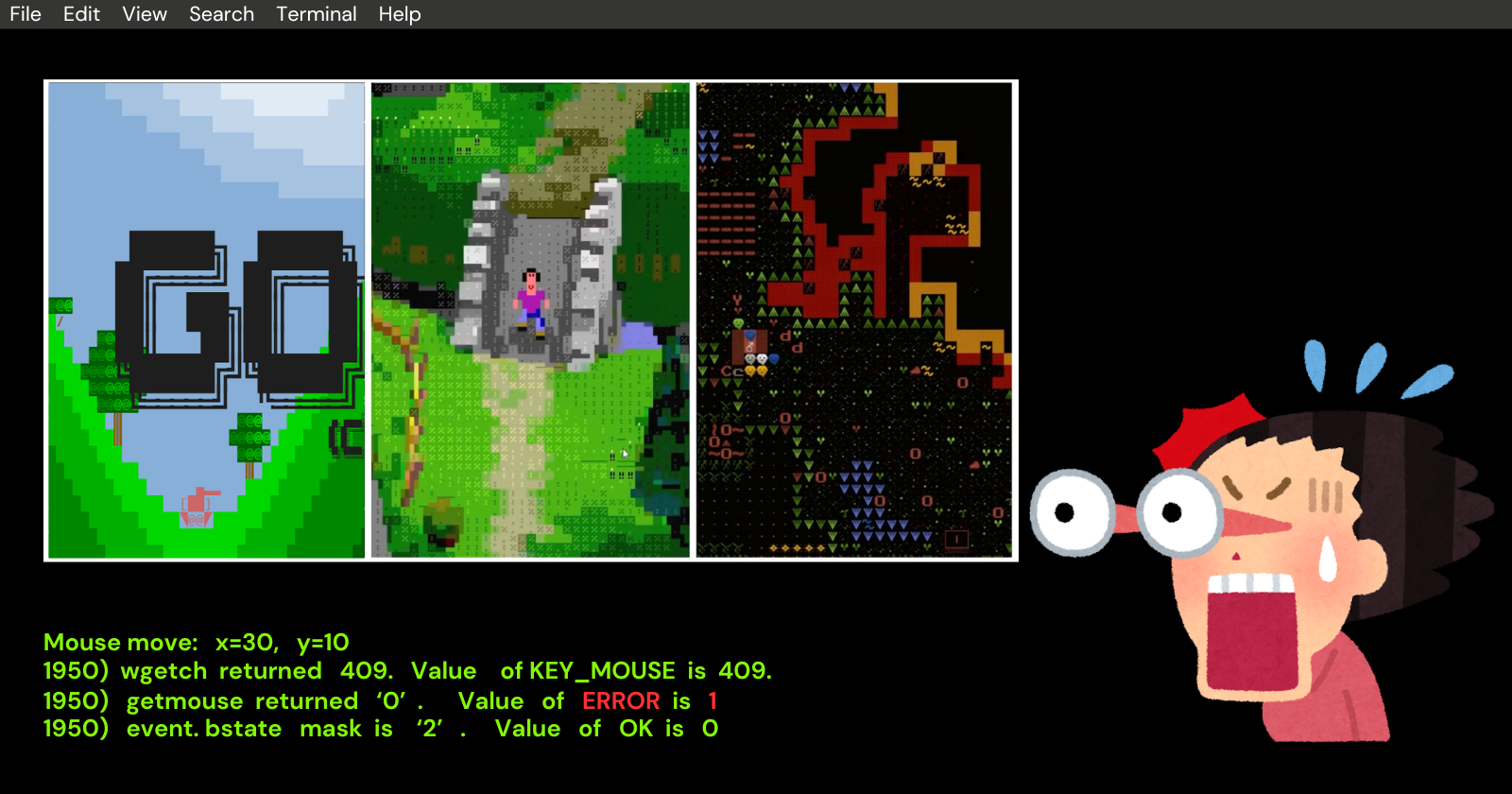How to Color Your Terminal: Understanding ANSI Escape Codes
 Sairash Gautam
Sairash Gautam
Hmm, what are ANSI Escape codes, and how did they all begin? In this blog, we will explore almost everything there is to know about them, including their history, purpose, and usage. (Yes ANSI works on browser consoles as well)
The Day My Terminal Came to Life
Let me take you back to 2021. I was trying to debug a javascript program, and my terminal was just a dull sea of white text on a black background. Then, I found a GitHub repository where someone's terminal output had bold red errors, green success messages, and even blinking warnings. “How is this possible?!” I wondered. That's when I discovered ANSI Escape Codes, the secret ingredient behind terminal magic.
The Origins of ANSI Escape Codes
ANSI Escape Codes date back to the 1970s, born from the need to control text terminals. Before GUIs (Graphical User Interfaces), terminals were the primary way to interact with computers. The American National Standards Institute (ANSI) created a standard to unify how terminals displayed text. These codes allowed early developers to:
Move the cursor
Clear lines
Change text colors
Add bold/italic formatting
Fun fact: The first popular terminal to adopt these codes was the VT100, a legendary machine from Digital Equipment Corporation. Its legacy lives on in modern terminal emulators like iTerm2 and GNOME Terminal!
What Exactly Are ANSI Escape Codes?
ANSI Escape Codes are sequences of bytes starting with ESC (ASCII 27) and [[, followed by commands. For example:
\033[31mturns text red.\033[1mmakes text bold.
Here’s the breakdown:
\033is the escape character (you can also use\x1bor\e).[marks the start of a "Control Sequence Introducer."31mis the command: "set text color to red."
Why do some codes start with \x1b instead of \033?
\033 is octal, \x1b is hexadecimal.Let’s Paint the Terminal: Basic Usage
Ready to add color to your scripts? Let’s start with a simple "Hello World" in bash:
echo -e "\033[31mHello World\033[0m"
This prints "Hello World" in red. The \033[0m resets the styling.
Here’s a cheat sheet for common codes:
| Code | Effect |
\033[31m | Red text |
\033[42m | Green background |
\033[1m | Bold text |
\033[4m | Underline |
\033[0m | Reset all styles |
Try combining them! For example, bold blue text on a yellow background:
echo -e "\033[34;1;43mLook at me!\033[0m"
Going Pro: 256 Colors and RGB
Modern terminals support 256 colors and even true color (16 million colors)!
- 256-color mode: Use
\033[38;5;⟨color⟩mfor text. Replace⟨color⟩with a number from 0–255.
echo -e "\033[38;5;202mOrange text!\033[0m"
- True color (RGB): Use
\033[38;2;⟨r⟩;⟨g⟩;⟨b⟩m.
echo -e "\033[38;2;255;0;127mHot pink!\033[0m"
First Colorful Project: A weather app
When I first learned ANSI codes, I built a CLI weather tool that displayed temperatures in blue for cold days and red for hot ones. Snippet:
const temp = 28; // Imagine fetching this from an API
const colorCode = temp > 25 ? "\x1b[31m" : "\x1b[34m"; // Red for >25°C, Blue otherwise
console.log(`${colorCode}Current temperature: ${temp}°C\x1b[0m`);
Output on browser console:


🎉 You just made your terminal 10x interesting.
Pitfalls to Avoid
Forgetting to reset styles: Always end with
\033[0m, or your terminal might stay red forever!Terminal compatibility: Not all terminals support RGB. Test with
echo $TERMfirst.Readability: Don't overdo it! Colors should enhance clarity, not create a rainbow explosion.
Your Turn: Experiment!
Here’s a challenge:
Write a script that prints your name in bold cyan.
Add an underlined message in purple.
Bonus: Use 24-bit RGB to create a custom color!
Final Thoughts
ANSI Escape Codes are a bridge between the sterile world of text and the expressive power of design. They’ve been around for decades, yet they still make developers smile when a burst of color lights up their workflow.
So now let’s color the terminal with red errors, green success messages, and maybe even add a cheeky blinking warning for fun. Your terminal is your canvas.
Thanks for reading! If you enjoyed this, drop a comment below with your favorite ANSI code combo. 🎨
Connect with me: https://sairashgautam.com.np
Subscribe to my newsletter
Read articles from Sairash Gautam directly inside your inbox. Subscribe to the newsletter, and don't miss out.
Written by